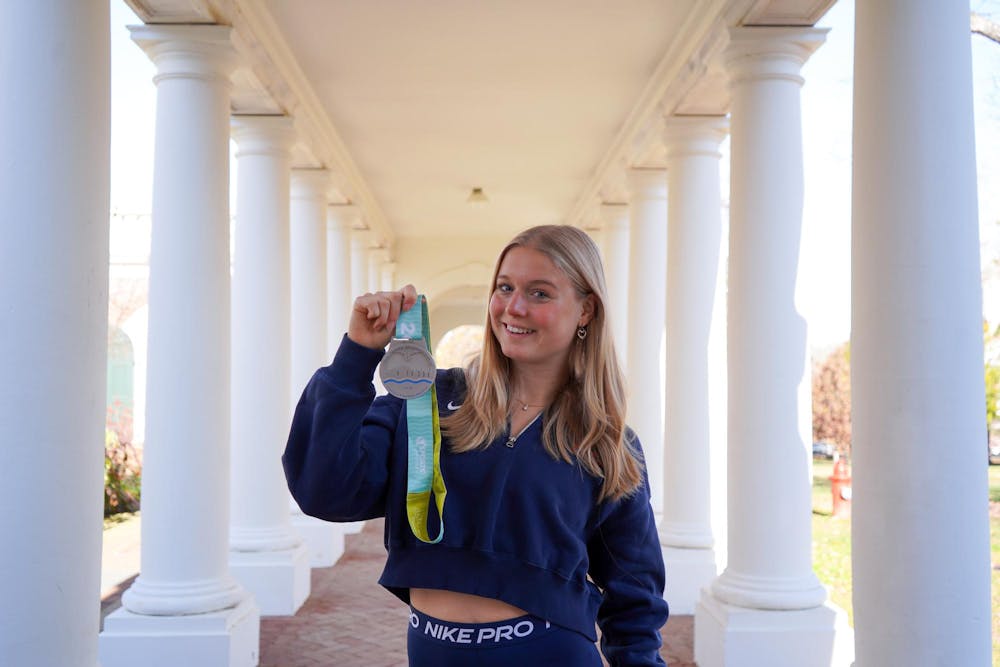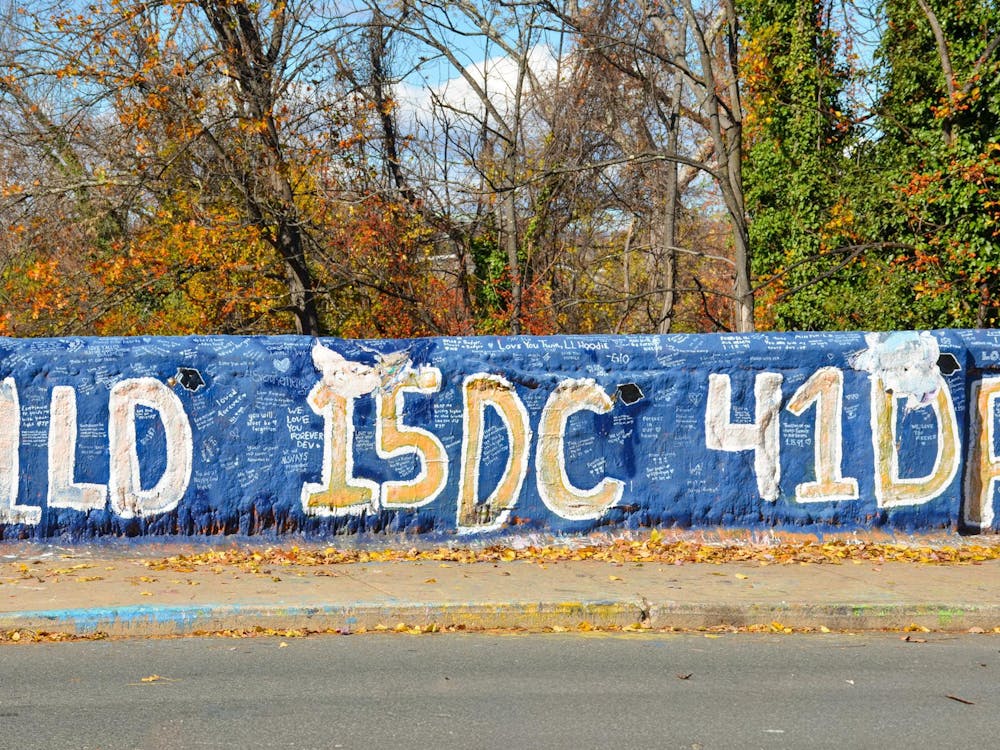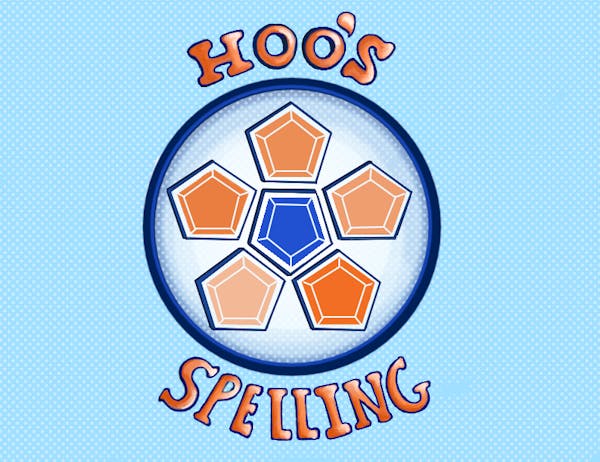Across semesters, seasons and times of day, University students of all backgrounds can be spotted jogging around Grounds. Distance running has become a prevalent subculture, with hundreds of students united by excessive mileage, tight calves and lived-in Hokas.
But some student runners have goals beyond being able to scale the Corner without losing their breath. Some take the leap to train for a marathon — most recently for the Richmond Marathon Nov. 15 — and transform running from a hobby into a way of life, and maybe even ameliorate a so-called “quarter-life crisis.”
While the process can be highly rewarding, these students say the shift to marathon training comes with an array of unique challenges, from navigating busy schedules to qualifying for races.
For fourth-year Education student Gulnar Bankwalla, deciding to move from casual running to marathon training was not a personal decision, but an unexpected consequence of connecting with others through fitness. For her, the 2024 Richmond Half, her first half-marathon, was the result of habitually running with a friend, who proposed giving their runs a new sense of purpose.
“The day I started running, I started with my friend, and she was like, ‘We gotta run a half [marathon],’” Bankwalla said. “So then last year, we did the half.”
Like Bankwalla, graduate Batten student London Tuma started distance running to consistently see a hometown friend over the past two summers. A lifelong runner, Tuma’s friend helped her see running as a social activity, and their conversations made the miles fly by in a way they hadn’t before.
“That's why I started … because [my friend and I] didn't have time to hang out,” Tuma said. “We would just [run] slow and talk.”
Even family can play a role. Third-year College student Sam Darer was inspired by his father, a longtime marathoner, to run the Richmond Half Marathon. Like his father before him, Darer said that committing to a race has helped him introduce longer-term goals into his life and establish a structured routine to achieve them.
“In college, I've been big on setting goals for myself and whether I noticed it or not, [running a marathon] was a good way of embodying that,” Darer said.
In their marathon-running pursuits, Bankwalla, Tuma and Darer join a widespread marathon craze sweeping Gen Z. Some online discourse has characterized the spike in young people running marathons as a new “quarter-life crisis.” Though she understands the term, Bankwalla said that her decision to take on marathon training was not the result of a negative spiral — she simply wanted to push herself.
“I would never tell someone I'm a runner. So, I suddenly [wanted] to run a marathon, and I need to prove to myself that I can,” Bankwalla said. “That could be part of the ‘quarter-life crisis’ of it all.”
On the other hand, Tuma said that she experienced a crisis — but only after she had finished her training for the 2024 Richmond Marathon when she found herself missing the structure and accountability she had grown accustomed to as she prepared for the race.
“If anything, [running a marathon] caused a quarter life crisis after being done with it,” Tuma said. “After my first marathon training program, I didn't know what to do with myself, because I had lived such a structured program for four months.”
Whatever students’ motivations, slotting these training plans into already overloaded academic schedules and social calendars can introduce new challenges. For Darer, the sizable amounts of time needed to fit in more mileage compelled him to put more thought into each day of his training plan.
“It's definitely a big time commitment,” Darer said. “Running 20 miles is one thing, but I think for me, running for three hours was the harder thing … You definitely need to structure out your days.”
Darer and Bankwalla alike talked about the importance of prioritizing their runs, which suddenly required an outsized level of discipline.
“You [notice] some sacrifices being made as you take it more seriously,” Darer said. “You [have] to pick and choose when you [do] your schoolwork [and do] your runs. Sometimes [you’ll] be unhappy with the time placement of both.”
While discipline can be tough for long-distance runners — especially at the University, where late-night studying and socializing makes it tempting to hit snooze — Tuma said that phoning a friend, listening to a playlist or podcast or even starting a run in the dark when the traffic is light can make the miles go by faster.
All of that mileage, however, is no use if physical ailments put a runner out of commission. According to Bankwalla, even with routine strength training, overuse injuries — or common ailments like shin splints — can make it difficult to stay on track.
To offset the risk of injury, as well as sustain her long runs, Bankwalla said that she had to learn to eat well. She said that while energy gels, gummies and other quick-to-absorb carbohydrates may be promoted in online communities like RunningTok, they are not a one-size-fits-all nutrition solution, especially for students who have never trained for a marathon before.
“[My friend and I] had to learn how to fuel … because we didn't really do that for our half at all,” Bankwalla said. “You cannot run 26 miles without getting the carbs in.”
Regardless of their training methods, schedules and diets, all three of these students agree that once you prepare for and run a marathon, the next race seems to come in succession. For Bankwalla and Tuma, the Richmond Marathon in 2024 was their first marathon experience, and they said that “America’s Friendliest Marathon” inspired them to do another.
“It was supposed to just be a silly one-off thing. And then that's never how it works,” Tuma said.
This past weekend, Bankwalla ran the full 26.2 miles in Richmond, a year after running the half marathon in 2024. While she had difficulty pushing through miles midway through the race, she said camaraderie from friends, family and even strangers helped her overcome the challenge. She was also blown away by the alcoholic “support” she received during the race.
“I had no idea that people actually cheer you on while you're running … It's no joke,” Bankwalla said. “They give you food … shots and beer and anything you could think of.”
Darer also raced in Richmond Saturday, running the Richmond Half Marathon while his father and roommate ran the full marathon. Darer said that while he felt accomplished when he crossed the finish line, it was supporting his loved ones that made his weekend in Richmond special.
“I literally ran … two extra miles running around the course, trying to make sure I didn't miss [my dad and roommate],” Darer said.
As for Tuma, running the Boston Marathon in April 2026 quickly became the next goal after last year’s race in Richmond. Although qualifying is a complicated process — with time standards making the marathon a far cry from “America’s Friendliest” — the marathon has a flagship charity program that allows runners to run and fundraise for a cause.
After submitting an application and doing an interview, Tuma landed a spot to fundraise on behalf of Mass Eye and Ear, a specialty hospital in Boston. As a part of her training, she aims to raise $26,200 for research on Usher syndrome, a rare genetic disease that has affected her father.
“I'm going to raise as much as I can,” Tuma said. “I’m really excited for this, to run this for him — the most emotional … performance of my life.”
Whether running for a cause or just for kicks, these students say that marathoning is in reach for anyone. Bankwalla said that for her, the hardest part about marathon training was starting from ground zero and working up the endurance to run a 5K. After that, she said, adding miles came easily.
Tuma shared a similar sentiment, saying that as long as they allot enough time to build up their strength, any student can take on the challenge of a marathon. She said that the human body is capable of a lot more than the brain lets on, and marathoners simply have to tap into that potential.
“I think if people really want to [run a marathon], they absolutely can,” Tuma said. “It's more mental than anything. It's consistency.”







